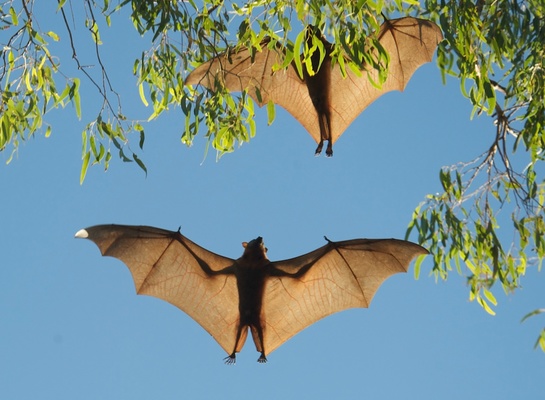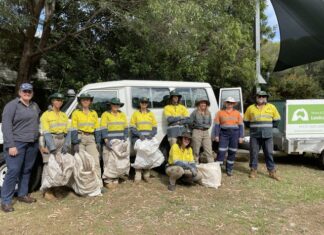Groups of nomadic little red flying-foxes – a species that is vital to the pollination of local eucalypts – have been spotted about the area in the past few weeks and are expected to stay for two to three months.Sunshine Coast Councillor Jenny McKay said the flying-foxes travel from the northern and western areas of Queensland to feed on local flowering plants, such as eucalypts, bloodwoods and myrtles.
“They are night-time pollinators, making flying-foxes essential to many of our local eucalypts, whose flowers only open at night,” she said.
“By spreading eucalypt seeds around our coast and greater Queensland, these little reds are increasing koala habitat and keeping our native forests genetically healthy.”
Council monitors the mammals during their annual visit.Drought conditions in Western Queensland has led to a scarcity of food resources, so more little reds are expected to make the journey to our coast’s food rich areas.
The little reds tend to be more vocal than our resident black and grey-headed flying-foxes, so the roosts may be a bit noisier as they argue over territory in the trees.
The flying foxes normall return to their maternity camps in north and western Queensland by late March.
If you find an injured flying-fox, do not touch the animal but call RSPCA on 1300 ANIMAL (264 625).







